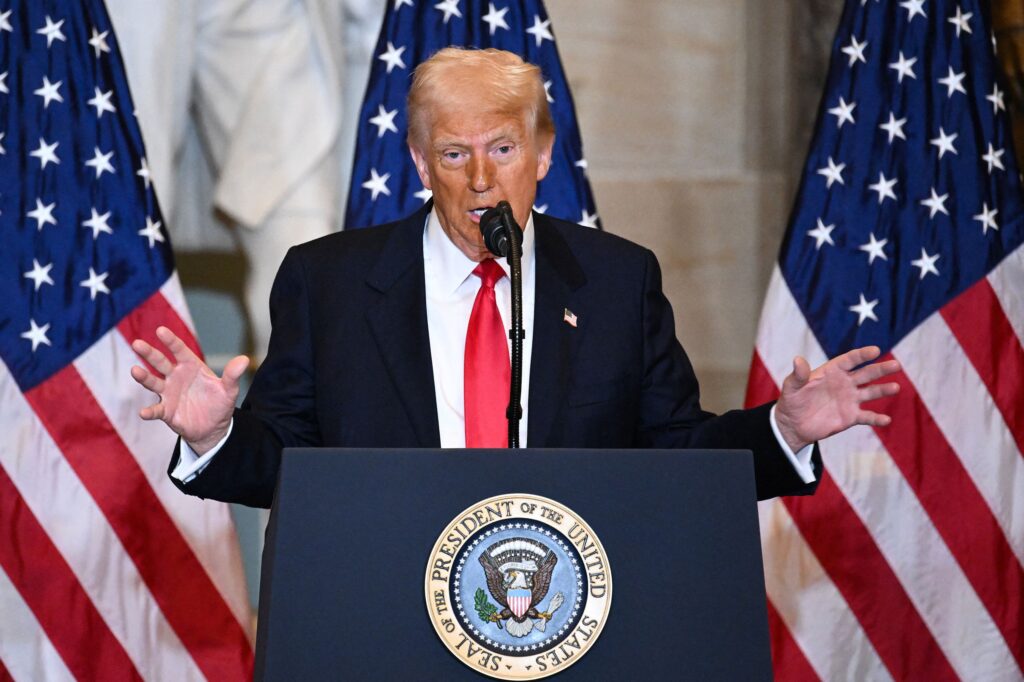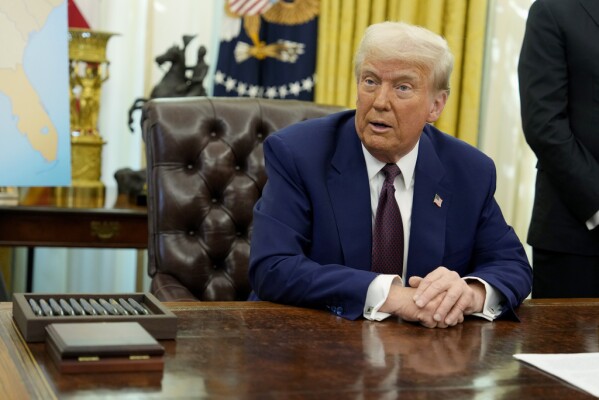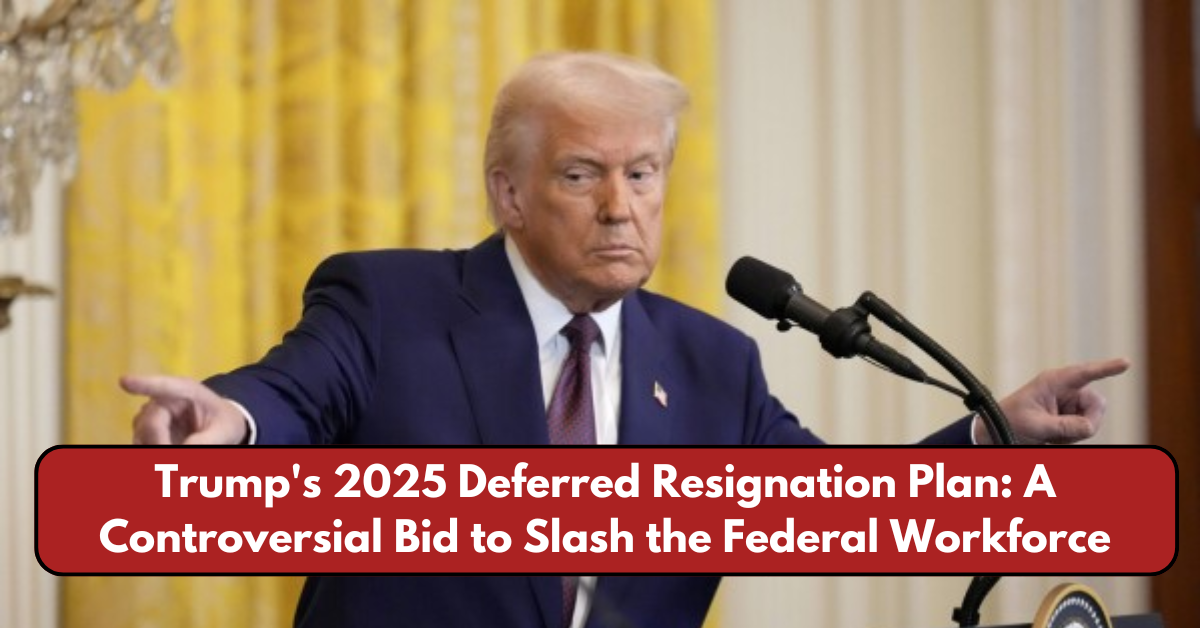In a bold and highly controversial move, the Trump administration introduced the Deferred Resignation Program (DRP) of 2025, an initiative designed to streamline and significantly reduce the federal workforce. The program has sparked immediate backlash from labor unions, legal experts, and affected employees, while supporters claim it will increase government efficiency.
What Is the Deferred Resignation Program?
Spearheaded by Elon Musk, who was appointed as the head of the newly established Department of Government Efficiency (DOGE), the Deferred Resignation Program offers federal employees an option to voluntarily resign by September 30, 2025, while still receiving full pay and benefits until that date. The administration framed it as a cost-cutting measure aimed at eliminating redundant positions within the government.
The program was formally announced via an email titled “Fork in the Road,” sent to federal employees in early 2025. According to the Office of Personnel Management (OPM) (opm.gov), the administration expects this initiative to encourage early departures from the federal workforce while mitigating mass layoffs.
Immediate Backlash and Legal Challenges
Federal employees and unions quickly opposed the initiative, arguing that it pressured workers into premature resignations under uncertain conditions. The American Federation of Government Employees (AFGE) (afge.org) issued a public advisory urging workers to reject the offer, citing concerns over pension disputes, healthcare benefits, and job security.
Labor experts raised additional concerns over the program’s legality. Critics argue that the policy may violate federal employment laws, particularly Title 5 of the U.S. Code, which governs civil service protections. The legality of coercing employees into resigning under such a program remains a significant point of contention.
Court Battle and Temporary Halt

Legal challenges swiftly followed, with multiple lawsuits filed by employee unions and advocacy groups. In response, a federal judge issued a temporary restraining order, pausing the program’s implementation while the courts reviewed its legality.
However, on February 15, 2025, U.S. District Judge George A. O’Toole Jr. declined to block the administration’s plan, allowing the Deferred Resignation Program to proceed. Judge O’Toole ruled that labor unions did not have legal standing to challenge the initiative, emphasizing that disputes should be resolved through existing federal employment laws rather than the judiciary.
Mass Resignations and Disruptions
As of mid-February, more than 75,000 federal employees had reportedly accepted the buyout offer, according to Reuters (reuters.com). Their motivations varied—some faced looming job cuts, others disliked the administration’s policies, and many sought early retirement under favorable conditions.
The impact of these resignations has been disruptive across multiple government agencies. Reports from The Guardian (theguardian.com) indicate that key services, including:
- Weather forecasting (National Weather Service)
- Food safety inspections (USDA & FDA)
- Disease outbreak response (CDC & HHS)
- Tax processing (IRS)
are experiencing delays and staffing shortages due to mass departures. Critics argue that the sudden loss of experienced personnel could lead to long-term inefficiencies rather than increased government effectiveness.
White House and Musk’s Defense of the Program
The White House and Elon Musk, in his capacity as DOGE Secretary, have defended the program, arguing that it will make government agencies leaner and more effective. In a statement, Musk remarked that “government efficiency has long been neglected, and this is the first step in reducing bureaucratic waste.”
However, political analysts suggest that the Deferred Resignation Program aligns with broader efforts by the Trump administration to weaken the federal workforce and consolidate power by replacing career civil servants with political appointees.
What Happens Next?

With thousands of employees opting into the Deferred Resignation Program, agencies must now restructure to fill critical gaps. The Office of Personnel Management (OPM) (opm.gov) has yet to release a concrete plan to address staffing shortages.
Meanwhile, unions continue to explore legal avenues to protect affected employees, and Congressional Democrats have introduced legislation aimed at reversing the program or at least safeguarding federal worker benefits post-resignation.
For federal employees considering the offer, legal and financial advisors strongly recommend consulting with their unions or legal counsel before making a decision.
Conclusion
The Trump Deferred Resignation Program of 2025 is one of the most contentious workforce reduction strategies in modern U.S. history. While the administration claims it will streamline operations and cut costs, its execution has raised significant concerns regarding government stability, service disruptions, and the protection of federal employees’ rights.
As legal battles and political debates continue, the program’s long-term consequences on government efficiency and public services remain uncertain. What is clear, however, is that the impact will be felt nationwide, affecting both federal workers and the millions of Americans who rely on their services.
This article has been carefully fact-checked by our editorial team to ensure accuracy and eliminate any misleading information. We are committed to maintaining the highest standards of integrity in our content.

Premlata is a seasoned finance writer with a keen eye for unraveling complex global financial systems. From government benefits to energy rebates and recruitment trends, she empowers readers with actionable insights and clarity. When she’s not crafting impactful articles, you can find her sharing her expertise on LinkedIn or connecting via email at [email protected].




